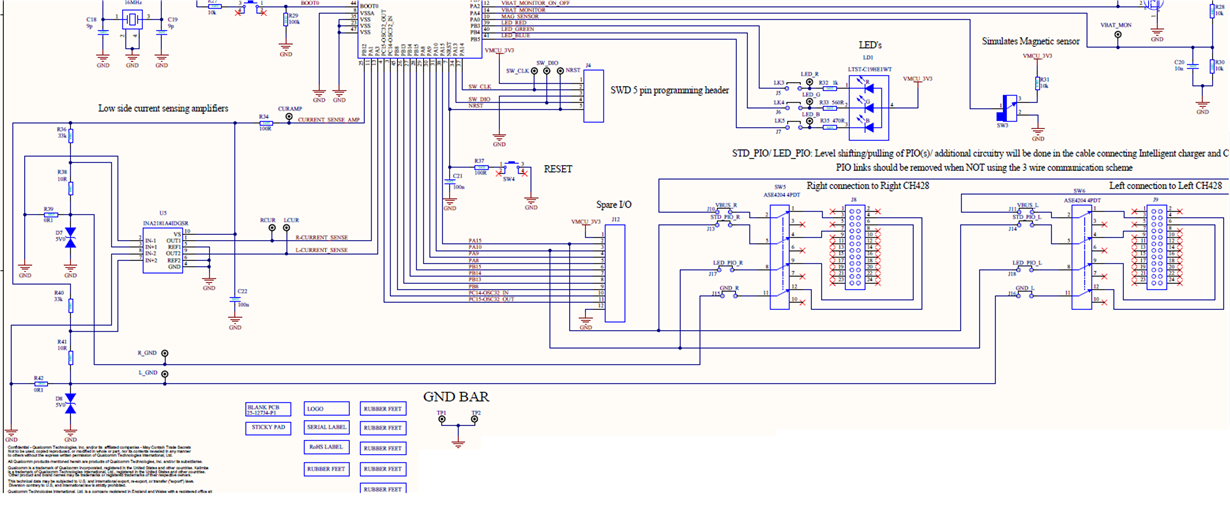Other Parts Discussed in Thread: INA2290, INA181
Hi E2E Team,
my customer designed schematic with INA2181, they want to verify and simulate it.
the schematic is below;
the results in customer was;
1mA input in INA2181 => 200mV output
6.5mA input in INA2181 => 400mV output
Please check this issue. Thanks.
Best regards,
Chase


